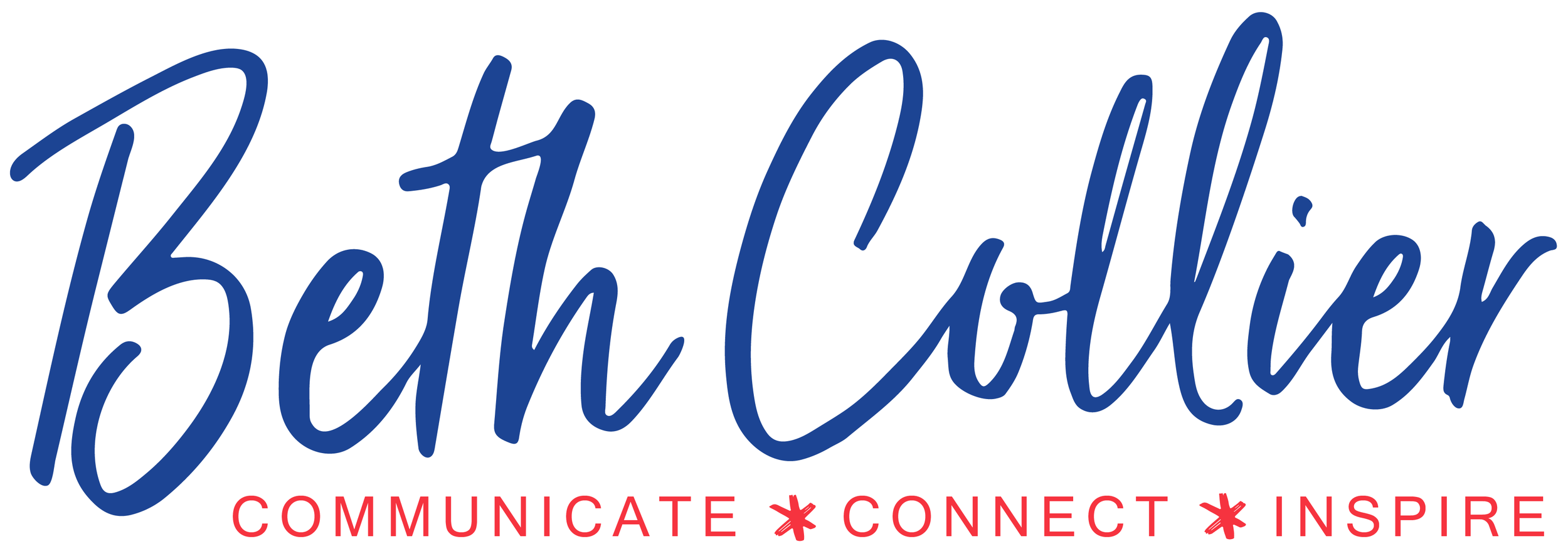Stop Firing People This Way
Andrew Lloyd Webber’s latest musical Cinderella has announced that it’s closing in a month.
And many of the members of the cast and crew — including the performer who plays the lead role — found out their jobs had turned into pumpkins…via social media.
Come on. This is not OK.
It’s not easy to tell an employee they no longer have a job.
But a tough message can be even worse when it’s delivered poorly.
Although the message may be negative, the delivery doesn’t have to be.
You can handle the redundancy conversation with professionalism, class, and humanity by following these five tips:
Leaders must lead
If you are making an employee’s role redundant, you should deliver the message.In a mass-redundancy situation, where companies are letting hundreds (or thousands) of employees go, the message should be delivered by a senior leader – ideally, the CEO.
While leaders may need the support of HR (legally and emotionally), the responsibility of communicating redundancies shouldn’t be delegated to ‘Linda from HR.’
Leadership is a responsibility – and as a leader, you have a responsibility to deliver good and bad news to your employees.
It’s not about you
Oh, the times I’ve heard people say their manager started the conversation with, ‘This is really hard for me!’Sure it is – but it’s harder for the person who is about to lose their job. That person is going to wonder about paying the bills, supporting their family, and finding another job.
Yes, telling someone they no longer have a job is a hard message to deliver – but keep that feeling to yourself (or look for support from anyone other than the person you’re letting go).
This conversation is not about you.
Show genuine care and empathy – and stay on message
People can respond differently to the news – with shock, with anger, with sadness. Think about how you would feel if you were losing your job.Show care – but stay on the point. Don’t go off on a tangent about ‘If Paul hadn’t done x, this wouldn’t have happened.’ It’s done – it’s happened.
Show empathy and care – but communicate with clarity: “I wish the situation was different, but it’s not. Today is your last day.”
Communicate next steps
Make sure you communicate what the next steps are.Is there outplacement support? What about health care? What property do they need to return, and how can they retrieve their personal items?
Your company materials covering these points must be clear and well-written.
Make sure you have double-checked the name, personal details, and particulars of the materials before you begin the conversation. You don’t want Sarah to get Fred’s letter.
Close the meeting with humanity
The end of this redundancy conversation is important – as it’s the end of this person’s experience at your company.The message will likely hurt and be hard to hear. But remember: this person has been part of your company – and they will remember how they are treated in this moment.
For some, the news takes a while to sink in. Keep that in mind and respond like a human, not a robot.
Thank them for their work. If the decision is not reflective of the person’s performance, tell them that. (But only say it if it’s true).
It’s OK to tell them you’re sorry this has happened. Show some humanity.
Remember, your former employee WILL tell other people about this interaction.
The way you handle it can affect your reputation, your brand, and your ability to attract talent in the future.
So take some time to do it well, your employees deserve it.
****************************************************************************
Beth Collier loves helping companies, leaders, and teams improve their communication (and creativity and leadership) through consulting, coaching, and workshops.
She also believes most redundancy conversations are done poorly — and could be improved if people focused on their communication skills.
Her clients benefit from Beth’s global corporate experience, Midwestern practicality and enthusiasm – and an endless supply of pop culture references.
To find out how Beth can help you become a more confident, creative, and compelling leader – or improve communication in your company – visit www.beth-collier.com or drop her a line at beth@beth-collier.com
__________________________________________
Want a dose of positivity and fun in your inbox?
Sign up to receive my free newsletter, Curious Minds.
Each week you'll get insights that mix curiosity with business, history, or pop culture.

